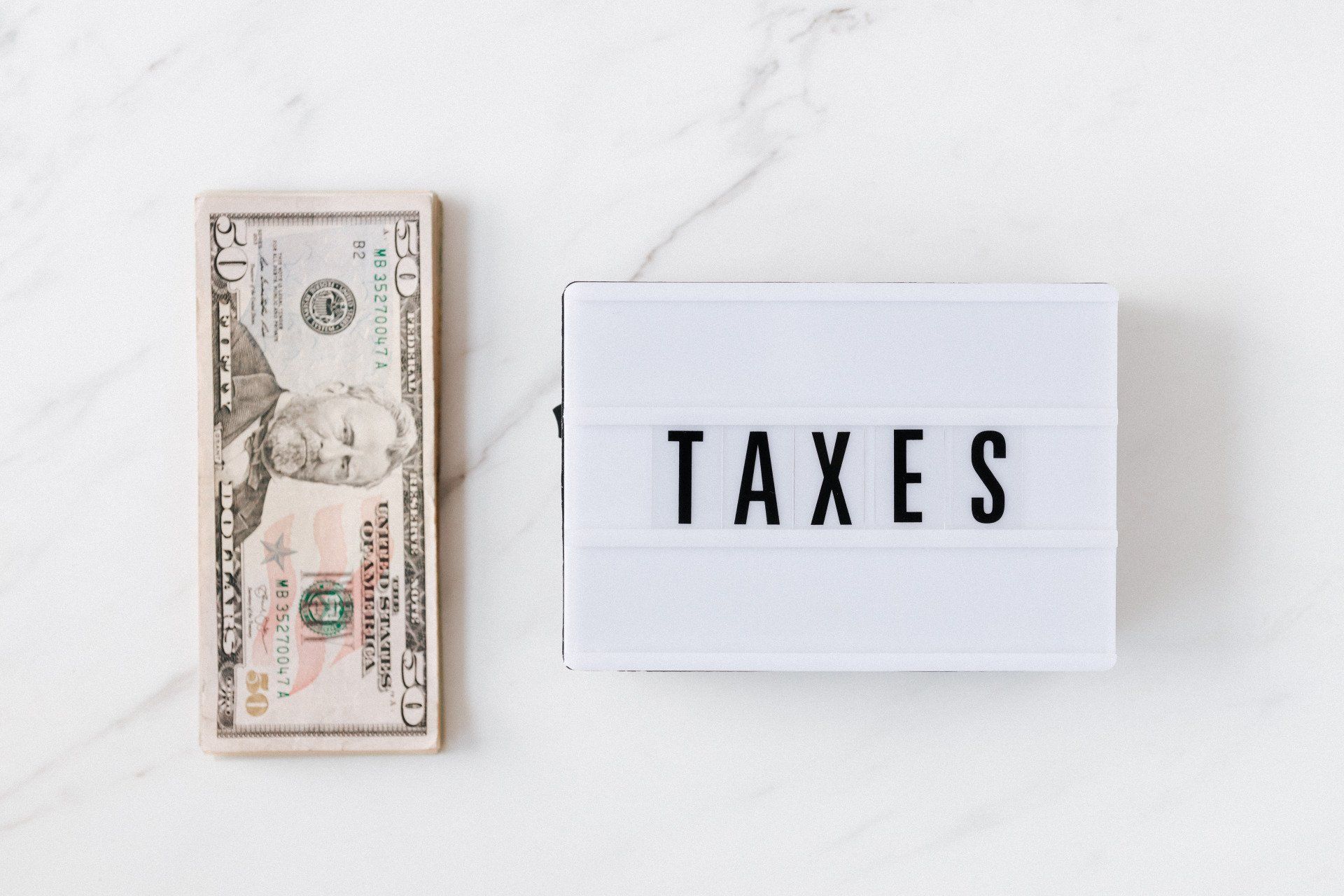




Fill out our short questionnaire to see
if we are a good fit!

If you did not read part 1 that explains how our spending is tied to our behavior, go back and read it here: http://adminbooks.sitemodify.com/a-big-ol-glob-of-toothpaste-part-1
I recently read the book, Profit First by Mike Michalowicz. I met Mike at a QuickBooks Conference in San Jose, CA. While his book has many golden nuggets of wisdom, he is hilarious in person and his audiobook was the most entertaining book I have ever “read”.
In 2012 the Journal of Consumer Research reported that the average plate size in America has grown 23% between the years of 1920 and 2012. Plate size grew from 9.6 inches to 11.8 inches. The increase in plate size encouraged people to consume 50 more calories per day which would add 5 pounds per year.
Four Core Principles of Profit First:
1. Use Small Plates - If you use a smaller plate, it starts a chain reaction; you eat smaller portions, consume less calories, and then you will lose weight. SEPARATE OUT YOUR FUNDS INTO BANK ACCOUNTS AND ONLY SPEND WHAT IS IN THAT ACCOUNT
2. Sever Sequentially - If you eat your vegetables first, you will not fill up on the carbs. PLAN FOR A PROFIT FIRST BEFORE YOU PAY BILLS.
3. Remove Temptation – If you don’t have any junk food in the house, you will probably not run out to the store to get it. You will eat the healthy food at the house instead. REMOVE MONEY FROM THE MAIN ACCOUNT…OUT OF SIGHT, OUT OF MIND.
4. Enforce a Rhythm – If you wait until you are hungry to eat, it will be too late and you will binge. TRANSFERING FUNDS INTO SEPARATE BANK ACCOUNTS WILL GET YOU OUT OF THE DAILY PANIC OF CASH FLOW MANAGEMENT
Parkinson’s Law:
C. Northcote Parkinson said that our demand expands to match its supply. That is why when we are given two weeks to do a project, it takes two weeks. When we are given two days to do the same project, we’ll make it happen in 2 days.
Houston, we have a problem...
Remember the story of the Apollo 13 mission? The lunar landing was aborted after an oxygen tank exploded in the Command Module. In order to stay alive, the astronauts had to improvise a very creative solution for making the Lunar Module’s long, narrow, cylindrical oxygen canisters compatible with the Command Module’s short, wide, square oxygen canisters. It was a life or death situation for the astronauts—they had to find a way to make a square peg fit a round hole using only the parts that were onboard the two modules. The moral of the story is that when you have limited resources at your disposal, you do what is necessary to make it work!
Cutting costs means you are thinking outside the box to come up with ways to decrease expenses. In 2006 United Parcel Service (UPS) asked how they could increase their efficiency about fuel costs. They discovered that the less time drivers sat in the left turn lane, the less fuel they burned waiting at lights. They devised a plan that trucks would plan their route on purpose to almost always take right turns, which saved them $6 million a year for this change. They also changed having drivers put the keys in their pocket to having them hang from their pinky finger, which saved time gazillions of time. Another savings they found was to wash the trucks once every two days rather than every day. Over time, this saved labor, energy, and water.
The more you have of something, the more you will consume it. This is true for anything… food, time, fuel, even toothpaste!
Part 3 of this article will be the PRACTICAL SIDE to the Profit First System. I will show you how to assess your current situation. Then, I will provide you target percentage allocations of what you should be setting aside for profit, owners compensation, taxes and operating expenses based upon your company’s revenue. Can’t wait to get the article? Email me directly and I will share it with you before we publish it to our blog: Renee@adminbooks.com







